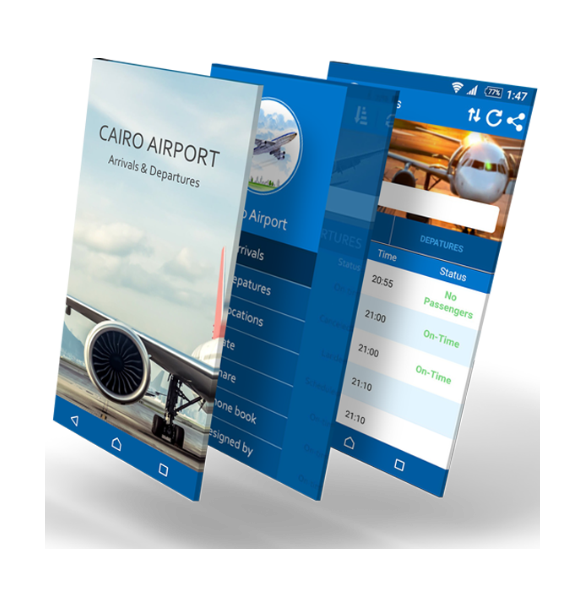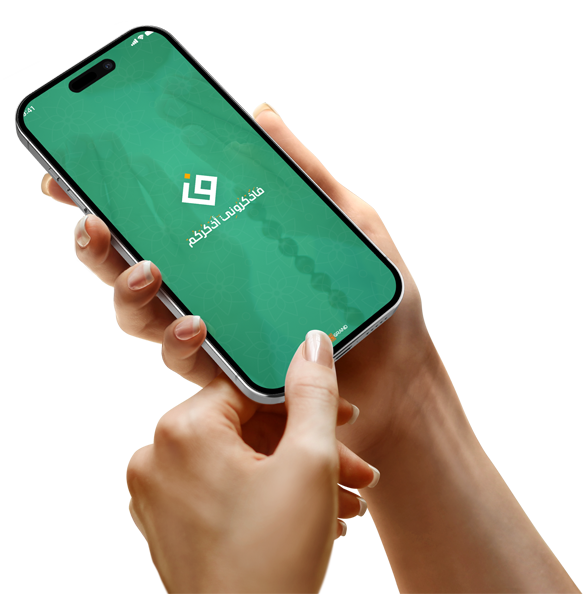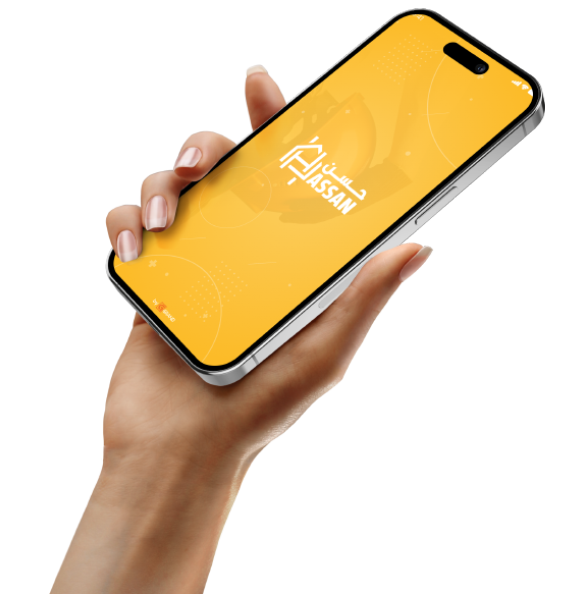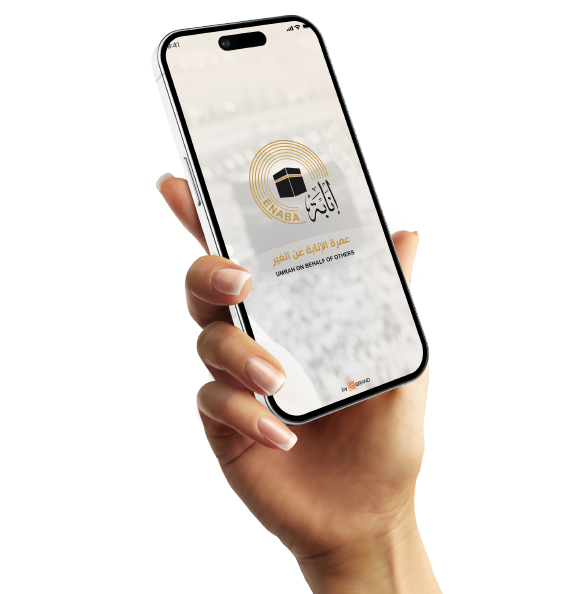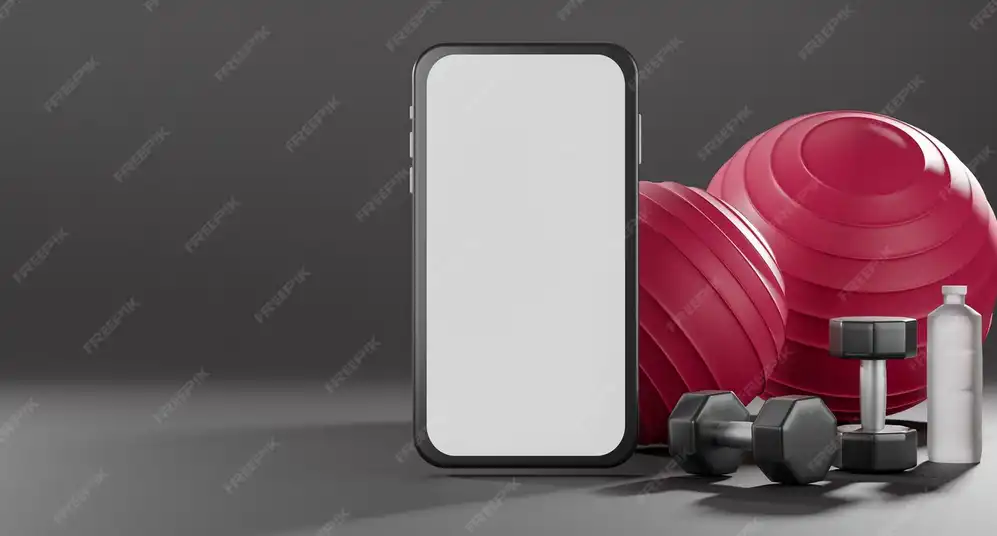Design applications for taxi and private transportation bookings
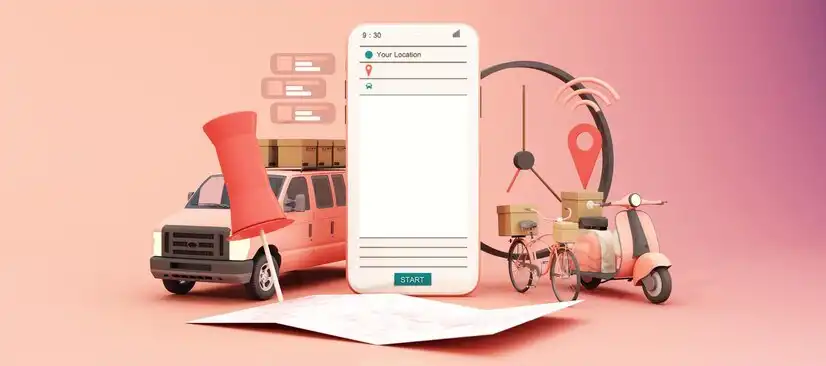
The Importance of Designing a User-Friendly Interface in Taxi Apps
Good design places the most important functions within easy reach without the need for complex navigation.
The colors used should be comfortable and clearly illustrate functions without visual clutter.
Universally understood icons should be used, such as a car, a directional arrow, or a location marker.
Side menus should be concise and include only settings, profile, and wallet.
Displaying the driver's estimated arrival time and current location creates a sense of control.
Interaction buttons such as "Call Driver" or "Cancel Ride" should be clear and easy to access.
Responsive design for various screen sizes enhances the user experience.
The interface should be supported in multiple languages to suit different user segments.
User experience design should be based on real-life studies and analyses of customer behavior.
A night mode and a day mode are preferred to satisfy different user preferences.
Paying attention to app loading speed and page transitions affects overall satisfaction.
It is essential that the driver interface design be separate from the customer interface to avoid overlap.
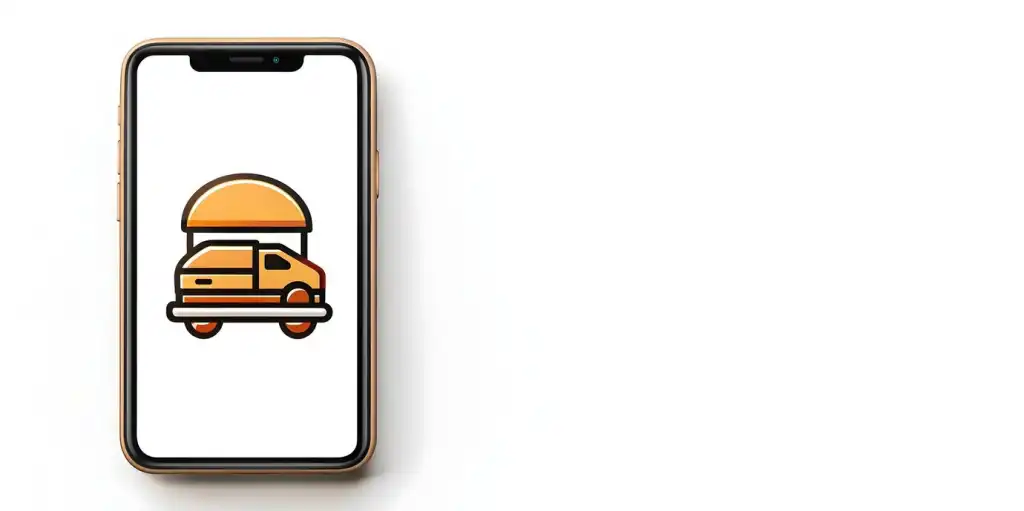
Integrating GPS Tracking into Taxi Apps
Geo-tracking is the backbone of any taxi and private transportation booking app.
This feature allows the customer's location to be accurately determined and the driver directed to them without the need for manual explanation.
The system relies on GPS technology and should be seamlessly integrated into the app interface.
When the app is opened, a live map should appear showing the user's real-time location.
The "Find My Current Location" feature makes it easy for the user to start the request immediately.
Drivers also need an accurate map showing the customer's location and the best route to reach them.
The app should display the expected route, distance, and approximate arrival time of the driver.
After the trip begins, the user can track the vehicle's progress on the map in real time.
This enhances the user's sense of security and confidence, especially in large or new cities.
If the driver is late, the user can see their real-time location and contact them directly.
Professional apps use Google Maps, Apple Maps, or custom mapping services.
The quality of the location should be ensured, with no delays.
A good app allows you to send your location to a friend as a way to share your trip for safety.
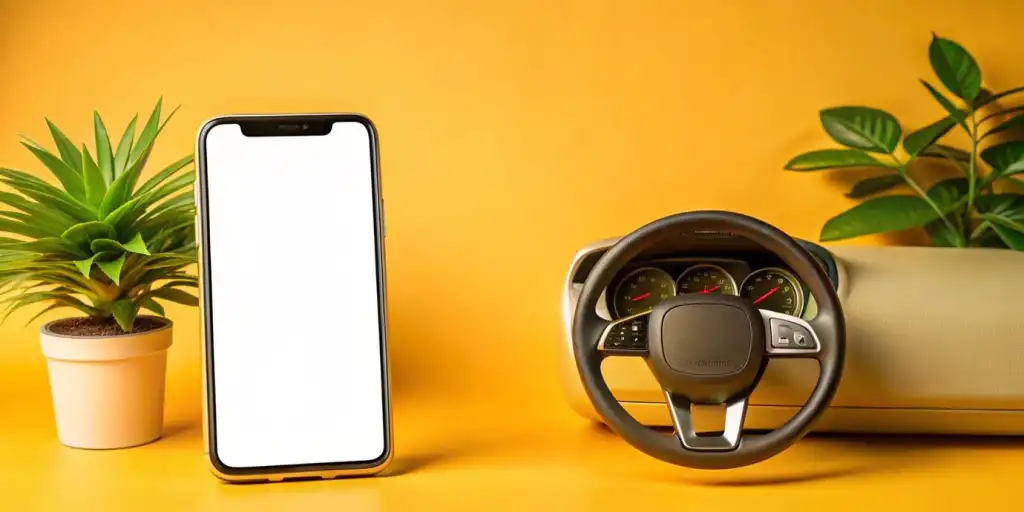
Rating and Feedback Feature After Each Ride in Taxi Apps
After each ride, the user's evaluation of the driver's service is an important step in improving service quality.
The rating not only serves the app, but also motivates drivers to perform at their best every time.
It should appear immediately after the ride, in an easy and quick way without inconveniencing the user.
The best rating system is a 1-5-star rating, with the ability to write an additional review.
This rating helps accurately and continuously monitor the driver's performance.
It can also be used to filter out underperforming or uncommitted drivers.
It is important to encourage users to leave an authentic rating as part of service development.
Displaying the average rating of each driver on their profile helps the user make a decision before booking.
If the user notices that a driver has a low rating, they may prefer to cancel the order and choose another one.
Conversely, drivers with high ratings can be rewarded with financial incentives or an upgrade in the app.
The rating feature not only improves performance, but also gives the user a sense that their voice is being heard.
Some users prefer not to write, so the star option should be sufficient for a quick rating.
In cases of inappropriate behavior, there should be an option to report immediately after the evaluation.
Regularly analyzing reviews reveals general trends and recurring issues that need to be addressed.
Positive reviews can also be used to market the service and build confidence in new customers.
It is preferable to have a simple notification appear to remind the user after leaving the vehicle.
Drivers can also rate passengers, which achieves a balanced relationship between the two parties.
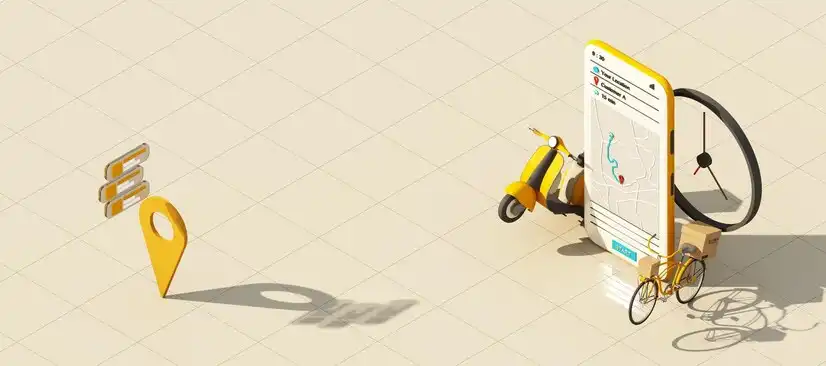
Designing a Pre-booking System for Private Transportation Apps
Not all customers want to request a car immediately; some prefer to book in advance.
The "pre-booking" feature within the app adds great flexibility.
The user can specify the day, time, and location they want the car in advance.
This feature is ideal for trips to the airport, meetings, or special events.
Pre-booking demonstrates the seriousness and professionalism of the app in providing multiple services.
The user should be able to easily schedule a reservation through a built-in calendar.
The user should also be able to choose the type of car and additional services within the reservation.
A successful app clearly displays the reservation details, with the ability to easily modify or cancel.
It is preferable to send reminder notifications before the scheduled appointment, to both the user and the driver.
The driver should also receive early notification of the reservation so they can prepare for it in advance.
If there are no cars available at the requested time, the user should be notified immediately.
The app can also offer suggested alternative appointments to facilitate the booking process.



